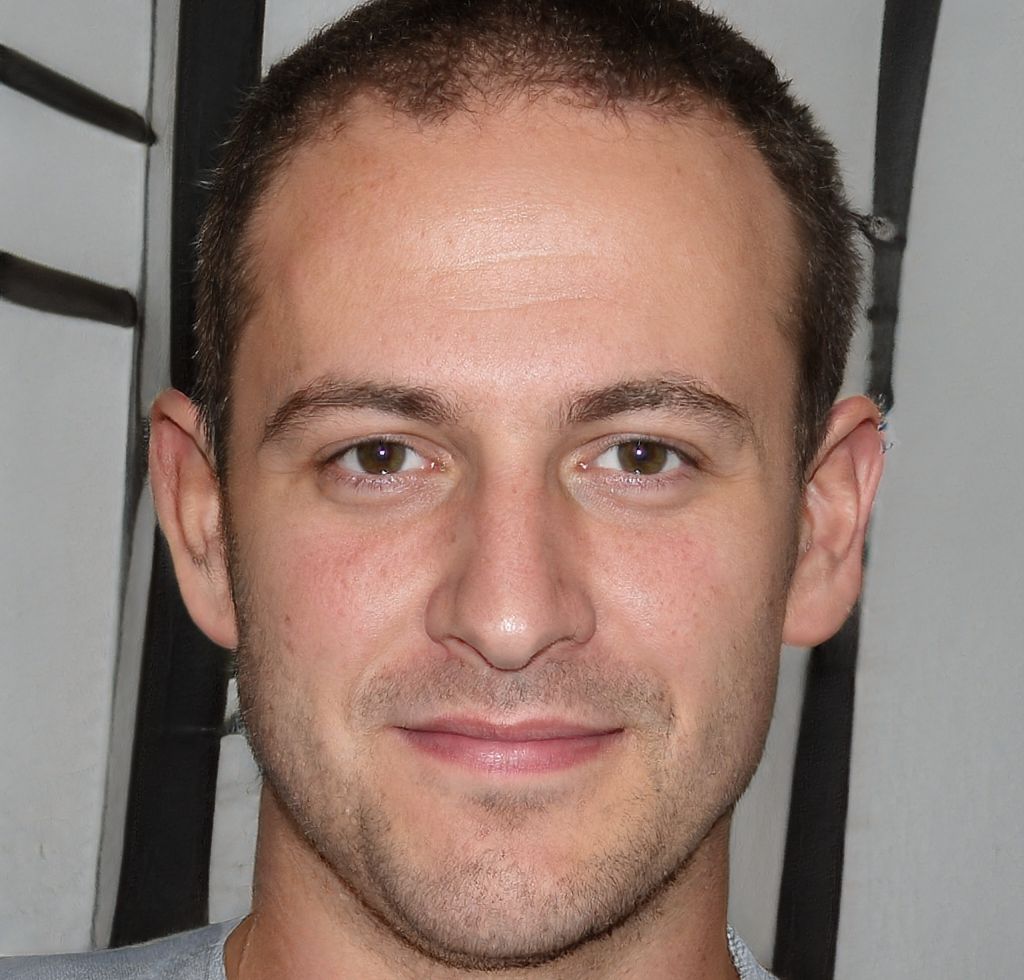What is the repeating universe theory?
See explanation for a few thoughts...
The phrase "repeating universe theory" seems to have multiple meanings, in my opinion.
Let's examine a few potential outcomes.
Assume that the universe is designed to reach a "big crunch" where it will cease expanding.
Even if we assume that a "big crunch" of that kind will inevitably be succeeded by another "big bang" of the same mass and energy, etc., we could still refer to this as a "repeating universe theory" but maybe there's more to it than that.
There are several theories we could apply if such a cycle is unavoidable:
(1) The theory that the next "big bang" must be the same as the one that initiated this cycle, and that it will lead to precisely the same series of events. This theory is most likely untrue.
The second theory holds that there are a lot of different but limited initial configurations that could lead to a "big bang" in a recurrent cycle. This means that if there are an infinite number of "big bang" - "big crunch" cycles, then at least one of these configurations will happen again. This makes sense up to a point, but does the initial configuration dictate all subsequent events? Probably not.
(3) Similar to (2), but since a "big bang" - "big crunch" cycle has a finite duration, if spacetime is quantized, the universe can go through a finite number of possible states in a cycle, leading to an absurdly large number of possible cycles, so in an infinite number of cycles, at least one possible sequence will repeat.
By signing up, you agree to our Terms of Service and Privacy Policy
The repeating universe theory is the concept of alternating periods of expansion like the big bang and contractions like the big crush
The previous theory was the steady state theory. Before Edwin Hubble discovered the doppler red shift of the universe scientists believed that the present universe was eternal in an unchanging state.
Hubble based on empirical evidence proposed that the universe was expanding from a small central beginning. Although the idea of an expanding evidence was resisted on philosophical grounds the empirical evidence became overwhelming. This resulted in the theory of the Big Bang.
The belief in material realism still demanded that matter and energy be eternal. To continue the belief in matter and energy being eternal the idea of a repeating universe was developed. This idea was that the universe would recycle. The big bang would be followed by a big crush. The universe would be drawn back into a super dense ball resulting in another big bang.
The most current empirical evidence disproves the alternating repeating universe. Studies of the rate of expansion of the universe in 1997 from studying distant pulsars show that the rate of expansion of the universe is increasing. The repeating universe theory predicted that the rate of expansion must be decreasing. If the empirical evidence is correct, matter and energy can not be eternal.
The repeating universe theory proposed that the present universe would recycle. The empirical evidence is that the universe had a beginning and will have an ending. The universe will not repeat it will end.
By signing up, you agree to our Terms of Service and Privacy Policy
The repeating universe theory suggests that the universe undergoes cycles of expansion, contraction, and repetition over an infinite timeline. This theory posits that after each contraction, a new cycle begins, leading to an endless repetition of the universe's evolution.
By signing up, you agree to our Terms of Service and Privacy Policy
When evaluating a one-sided limit, you need to be careful when a quantity is approaching zero since its sign is different depending on which way it is approaching zero from. Let us look at some examples.
When evaluating a one-sided limit, you need to be careful when a quantity is approaching zero since its sign is different depending on which way it is approaching zero from. Let us look at some examples.
When evaluating a one-sided limit, you need to be careful when a quantity is approaching zero since its sign is different depending on which way it is approaching zero from. Let us look at some examples.
When evaluating a one-sided limit, you need to be careful when a quantity is approaching zero since its sign is different depending on which way it is approaching zero from. Let us look at some examples.

- 98% accuracy study help
- Covers math, physics, chemistry, biology, and more
- Step-by-step, in-depth guides
- Readily available 24/7
 Elena Antonova
Elena Antonova John Alexander
John Alexander Ariana Acosta
Ariana Acosta